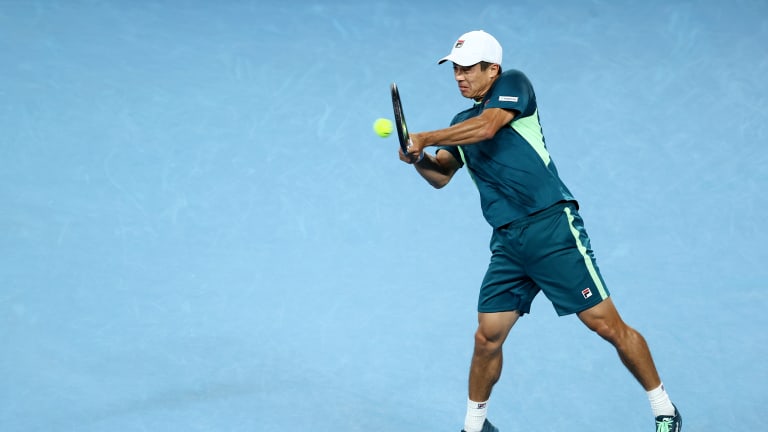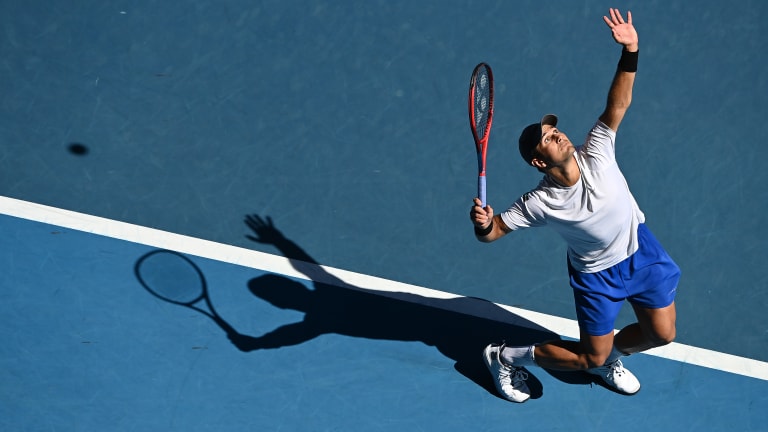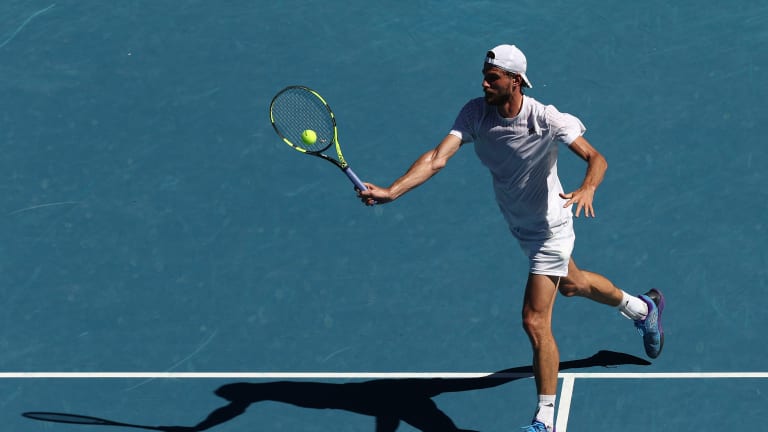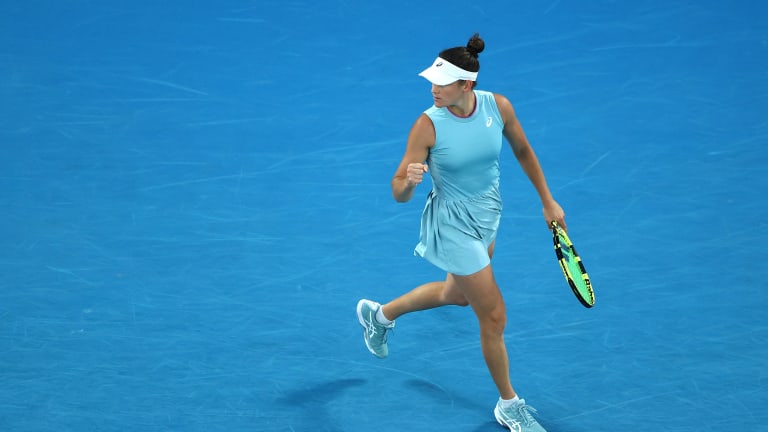Coach's Corner
UCLA has turned into a pro-tennis pipeline. What is it about the Bruins’ program gets its kids to the next level?
By Mar 04, 2022Coach's Corner
What does Jessica Pegula’s last six weeks say about her next six months?
By Apr 09, 2025Coach's Corner
WTA confirms coach Stefano Vukov's suspension "remains in place" after investigation concludes
By Feb 11, 2025Coach's Corner
Goran Ivanisevic wishes Elena Rybakina “best of luck moving forward” as coaching trial ends
By Jan 21, 2025Coach's Corner
Elena Rybakina and other players have high hopes for the new season, but makeovers don’t come easily in tennis
By Jan 06, 2025Coach's Corner
Elena Rybakina announces that ex-coach Stefano Vukov will re-join her team for 2025 season
By Jan 02, 2025Coach's Corner
Angelique Kerber to mentor German female players in 2025
By Dec 18, 2024Coach's Corner
Donna Vekic adds Sascha Bajin to her coaching team for 2025
By Dec 08, 2024Coach's Corner
Carlos Alcaraz adds coach Samuel Lopez to work alongside Juan Carlos Ferrero
By Dec 05, 2024Coach's Corner
Hubert Hurkacz hires Ivan Lendl and Nicolas Massu for coaching team ahead of 2025 season
By Nov 29, 2024UCLA has turned into a pro-tennis pipeline. What is it about the Bruins’ program gets its kids to the next level?
We talk to men’s coach Billy Martin about the leaps Mackenzie McDonald, Marcos Giron and Maxime Cressy have made, and why the college experience has worked for others on tour.
Published Mar 04, 2022
Advertising
Advertising

Mackenzie McDonald cracked the Top 50 for the first time in February.
© Getty Images
Advertising

Marcos Giron is at a career-high No. 55.
© Getty Images
Advertising

Maxime Cressy, a serve-and-volleyer, cracked the Top 60 for the first time in January.
© Getty Images
Advertising
Advertising
Advertising
Advertising

Jennifer Brady boasts one of the best forehands in tennis, has represented the U.S. at the Olympics, and has reached an Australian Open final.
© Getty Images